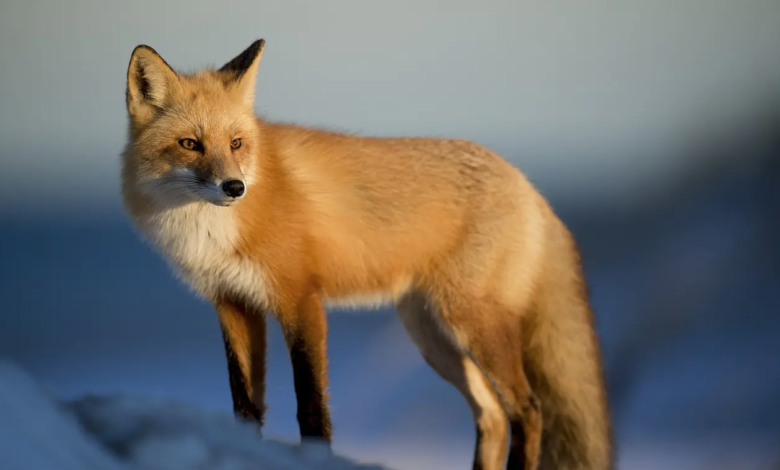The predatory niche of man exploits 1/3 of the vertebrate species in the world
A study in Communications Biology calculates the extent of the predatory niche of contemporary man
(sustainabilityenvironment.com) – Man has been a predator for hundreds of thousands of years. But the impact of modern man on prey and ecosystems is certainly very different from what our ancestors could have had 30,000 or 150,000 years ago. And significantly different from the behavior of any other predator in the world. How different? What is the extent of the predatory niche established by modern man?
The data speak of a mode of relationship with other species and highly unsustainable nature. We exploit about 1/3 of all vertebrate species that exist on the Planet. Numbers that are about 300 times higher than those of any other predatory species. The predatory niche established by man has no equal.
The numbers of the human predatory niche
This was calculated by a study just published in Communications Biology, which analyzes the share and impact of the use and human trade of animal species, passing to the screening about 47 thousand species of vertebrates (mammals, birds, fish, …). Of these, there are at least 14,663. And this exploitation is pushing 39% towards extinction (these are species included in the Red List of the IUCN, the largest conservation association in the world).
Researchers have determined that we eat 55% of the total species that we exploit in some way. And more than half of all human-preyed land species are in the pet trade. Then there are other uses, such as recreational (humans hunt about 358 species of fish with sports fins and 452 species of birds) or those related to clothing (involving 207 species of mammals and fish) or, again, medical (192 species of mammals and 82 species of amphibians).
“Our assessment revealed an unprecedented taxonomic, spatial and ecological breadth of humanity’s predatory niche. This unique predatory role is up to 300 times greater taxonomically and 1300 times greater ecologically than that of nonhuman predators for which we have comparable data, and is driven by a wide variety of uses, many of which are independent of livelihood,” conclude the authors of the study.






